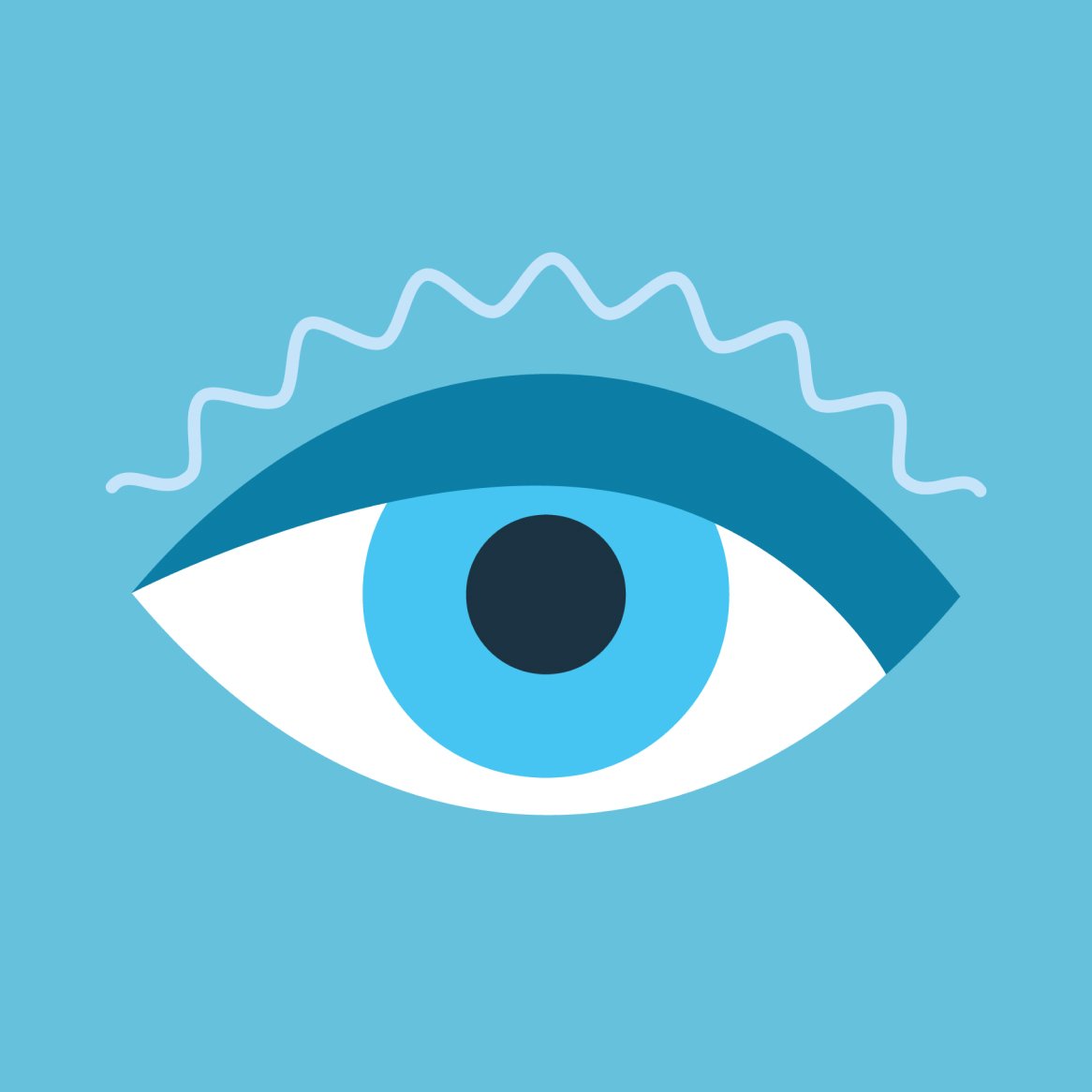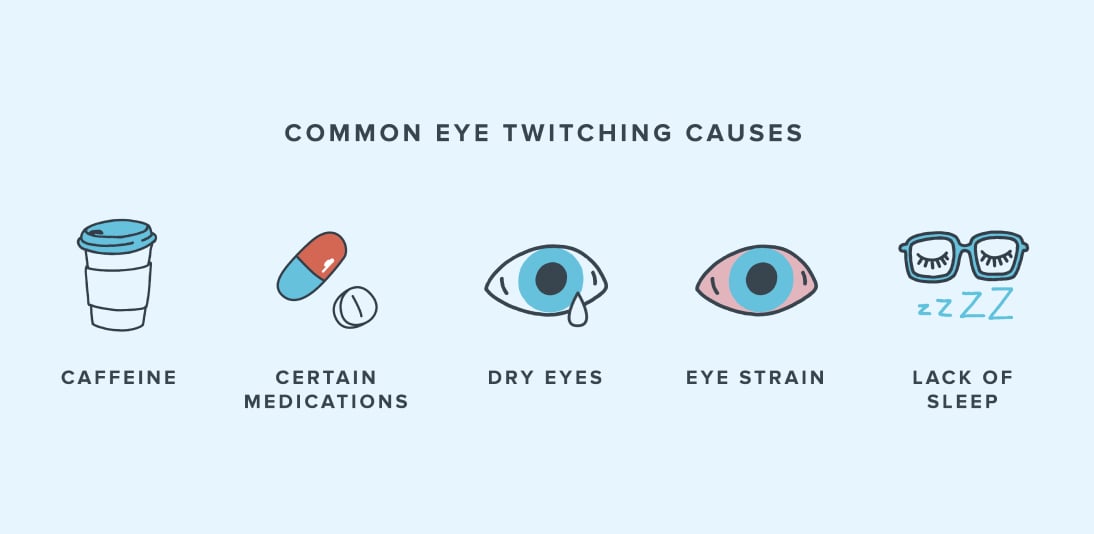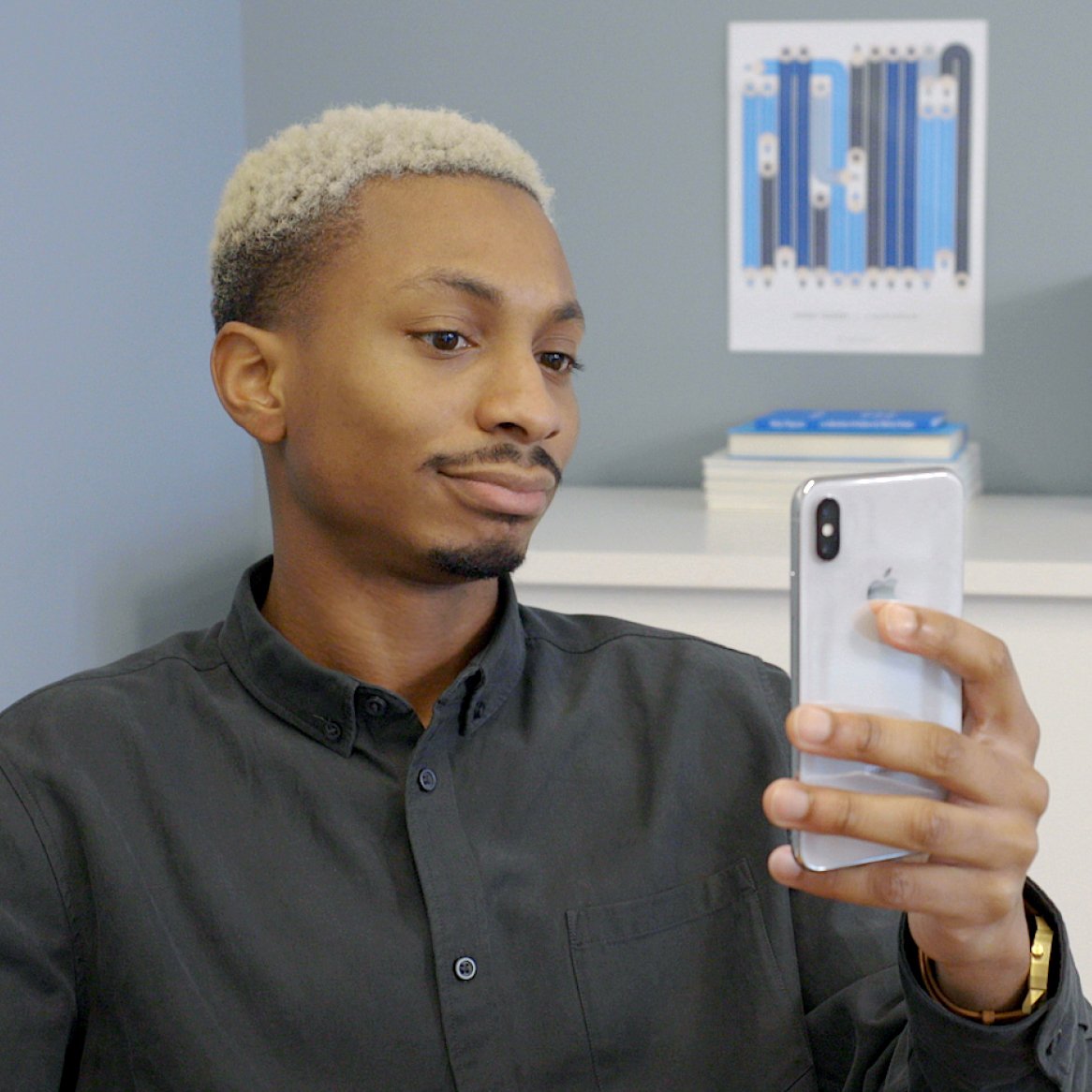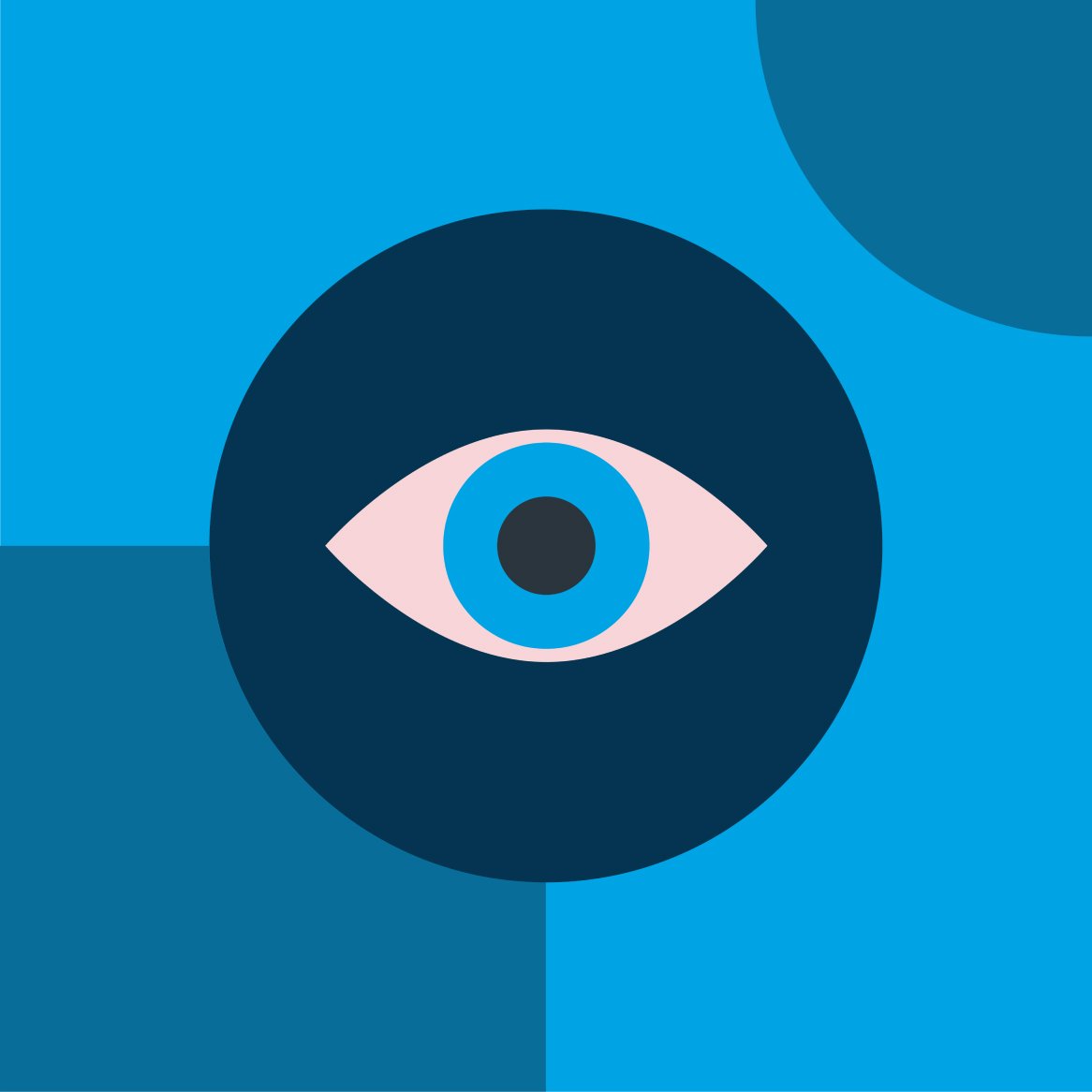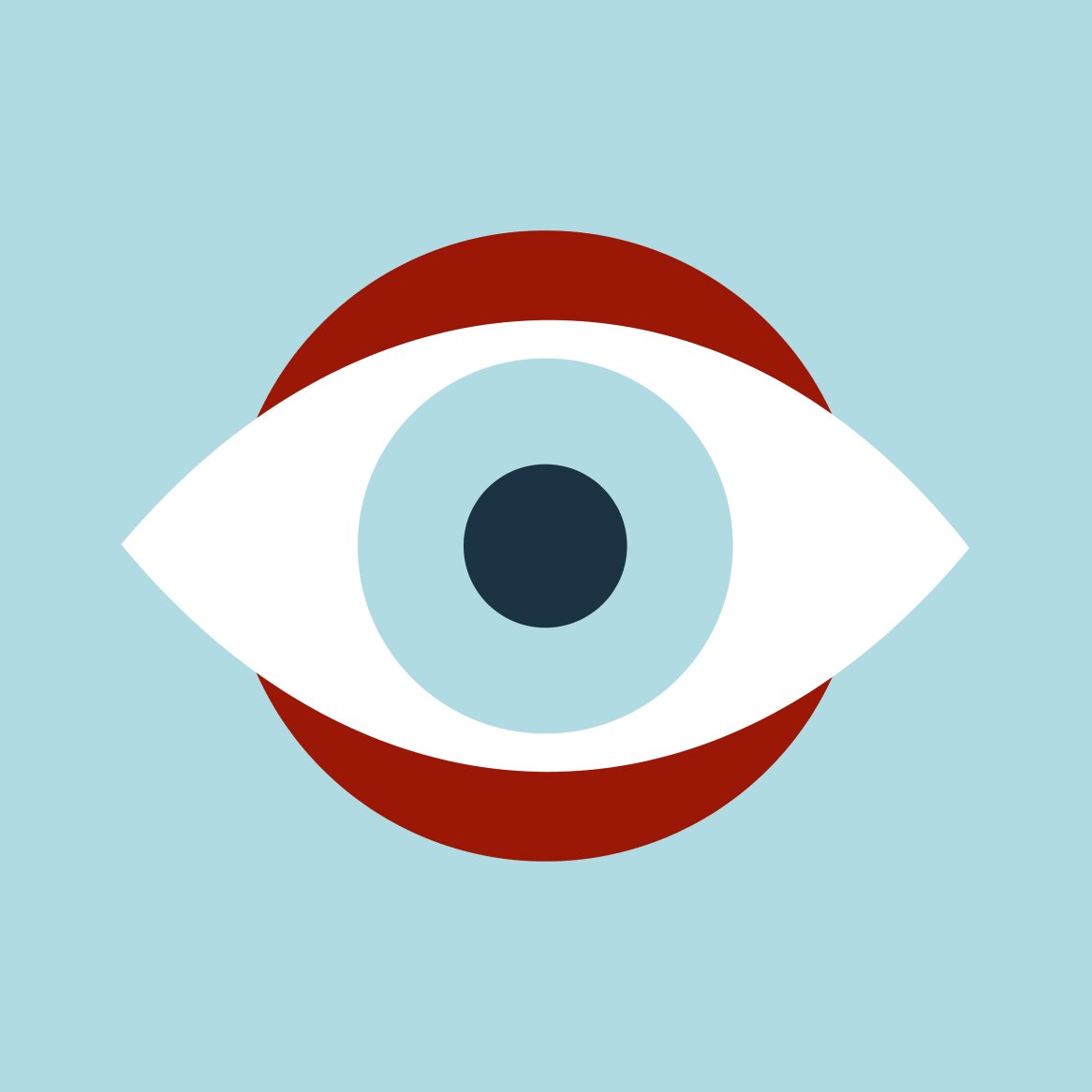Most of the time, eye twitching is brought on by simple, everyday stressors, such as lack of sleep or stress. But in rare instances (we repeat: rare), eyelid spasms could be a sign of a neurological condition.
In this handy guide, we’ll break down some common (and some less common) eye-twitching causes. We’ll also cover how to calm those hyperactive lids and discuss when to see a doctor.
What Does It Mean When Your Eye Twitches?
People often say their eye is twitching when, in fact, it’s their eyelid that’s twitching. But you know what they mean, right? 😉
When your eye is twitching, it means you’re experiencing involuntary muscle spasms in your eyelid—in other words, it’s something you can’t control. The twitching might occur in the upper or lower eyelid in one or both eyes. It typically feels like a flutter or slight tug of the eyelid.
The medical term for the most common type of eye twitching is myokymia. Myokymia most often affects one eye and feels like mild spasms in the eyelid. The spasms may last for seconds or hours. Or they could persist for days or even weeks before going away.
Although eyelid spasms, or twitches, can be annoying, they’re usually not serious. However, when you’re dealing with eye twitching for days on end, there might be an underlying issue that needs attention. And in some rare cases, eyelid twitching may be a symptom of a more serious medical condition.
Eye Twitching Causes
Most of the time, eye twitches are caused by minor stressors and will likely go away on their own. The most common eye-twitching causes include:
Rare Causes of Eye Twitching
In rare cases, eye twitching may be a sign of another condition, such as a nervous system disorder. Here are some examples of conditions that could cause eye twitching:
- Bell’s palsy: Bell’s palsy is a neurological disorder that causes paralysis or weakness of the muscles on one side of the face. The disorder comes on suddenly, but is most often temporary, with symptoms improving after a few weeks.
- Benign essential blepharospasm (BEB): BEB is a condition that involves more long-term involuntary eye twitching or blinking. It may even cause the eyes to completely close or cause twitches in other facial areas.
- Hemifacial spasms: This neuromuscular disorder begins with eye twitching but gradually spreads to muscles of the lower face and eventually to all the muscles on that side of the face.
- Multiple sclerosis (MS): MS is a disease that attacks the central nervous system, causing numbness, tingling, pain, or possibly paralysis. This disease can impact the brain, spinal cord, and optic nerves. Signs of MS can include cognitive impairment, fatigue, and muscle twitching.
- Parkinson’s disease: Parkinson’s is a progressive neurological disease that develops slowly over time and causes involuntary movements, such as tremors, stiffness, and instability.
How To Stop Eye Twitching
To soothe your eye spasms, consider what might have caused them and address the root problem. For instance:
When To See an Eye Doctor
If your eyelid spasms don’t go away after a few weeks or they’re accompanied by any kind of discomfort or additional symptoms, then it’s time to see an eye doctor. Your eye doctor can do a comprehensive eye exam to check for underlying conditions.
In more persistent cases, a doctor might recommend botulinum toxin injections (also known as Botox).
Just remember: You can take comfort in knowing that eye twitching is, most often, just a temporary nuisance.

